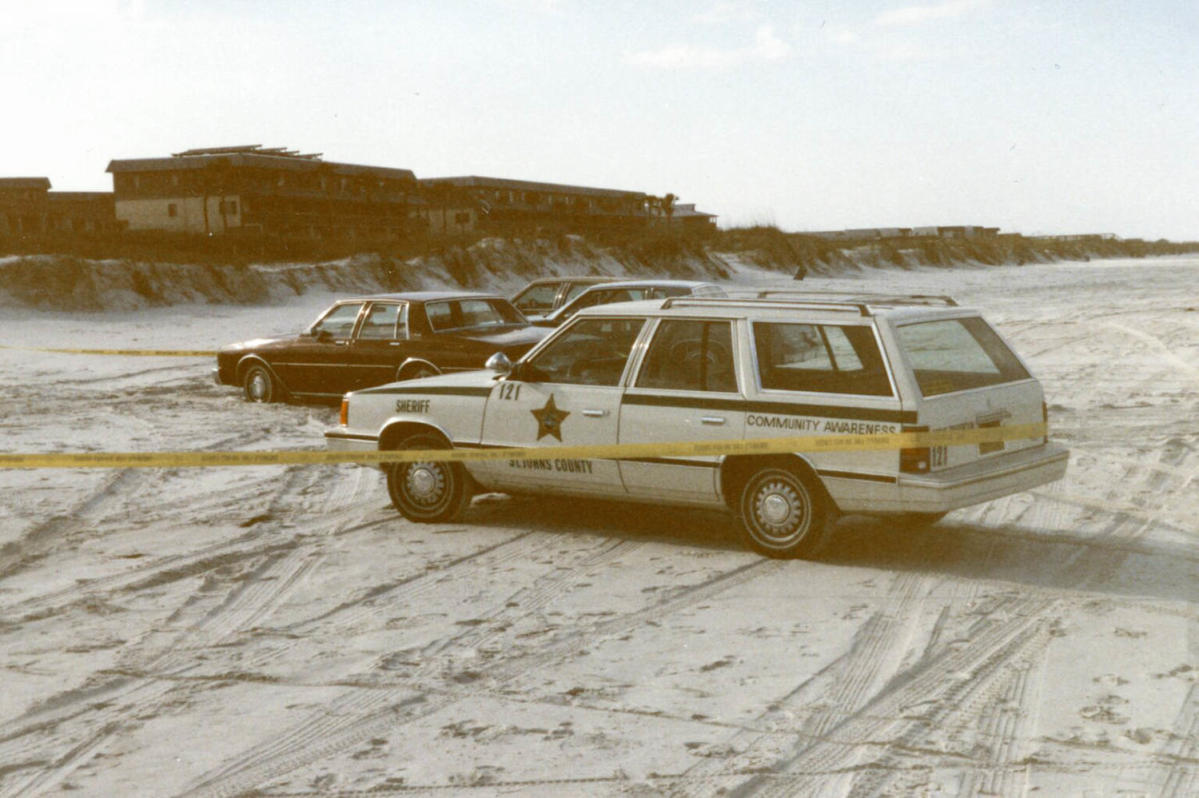A 1968 missing person case has finally been put to rest after authorities were able to positively identify remains that were discovered nearly 40 years ago at a beach in St. Augustine, Florida.
The St. Johns County Sheriff’s Office announced last week that remains found in a shallow grave on Crescent Beach in 1985 were positively identified as Mary Alice Pultz, a woman who went missing nearly two decades prior to the remains’ discovery.
“This investigation is a powerful example that we will never give up,” said St. Johns County Sheriff Rob Hardwick. “The combination of highly skilled detectives and advanced DNA technology has given Mary Alice’s family some answers about her disappearance close to 40 years ago.”

Pultz was born in Rockville, Maryland, and was 25 years old when she was last seen by her family. She became estranged from her family after leaving home with her boyfriend at the time, a man named John Thomas Fugitt.
Fugitt, who also went by the alias Billy Joe Wallace, was convicted in the 1981 murder of his male roommate in Georgia. Though he was sentenced to death, he died in prison before he could be executed, according to the sheriff’s office.
Exactly how Pultz died remains unclear but detectives are investigating her death as a homicide and named Fugitt as a person of interest in the case.
The skeletal remains were found by construction workers who were digging at Crescent Beach on April 10, 1985, and the victim was believed to be a white woman between the ages of 30 and 50. But it wasn’t possible to identify her at the time.
In 2011, some of the remains were sent to the Florida Institute for Forensic Anthropology and Applied Science at the University of South Florida. Experts there created a facial reconstruction of the victim in the hopes it may lead to some tips, but nothing came to fruition.


Then in 2023, the sheriff’s office said detectives partnered with the Florida Department of Law Enforcement on the case. A decision was made to send the remains to a private lab in Texas, which extracted DNA from the remains and created a genetic profile.
That profile then led genealogists to Pultz’s living relatives, who agreed to provide DNA samples to match against the profile.
Pultz’s remains were examined by medical examiner Dr. Wendolyn Sneed, according to the sheriff’s office. Sneed observed multiple injuries, including fractures of the nasal bones, multiple ribs, and on the lower legs. Some of those fractures were healed, and additionally there were three surgical burr holes drilled into Pultz’s skull.
Burr holes are used by surgeons, according to John Hopkins Medicine, to relieve pressure on the skull due to a build-up in fluid. Among the most common reasons to use burr holes is to relieve pressure from a subdural hematoma, or brain bleed, that can occur after a head injury.
Interviews with Pultz’s family indicated that the burr holes were likely done after her disappearance from their lives in 1968, according to the sheriff’s office press release.
“Dr. Sneed advised these injuries, in addition to the surgical burr holes, are indicative of severe trauma that would have required hospitalization such as being involved in a vehicle crash or being struck by a vehicle,” the release said.
This article was originally published on NBCNews.com
